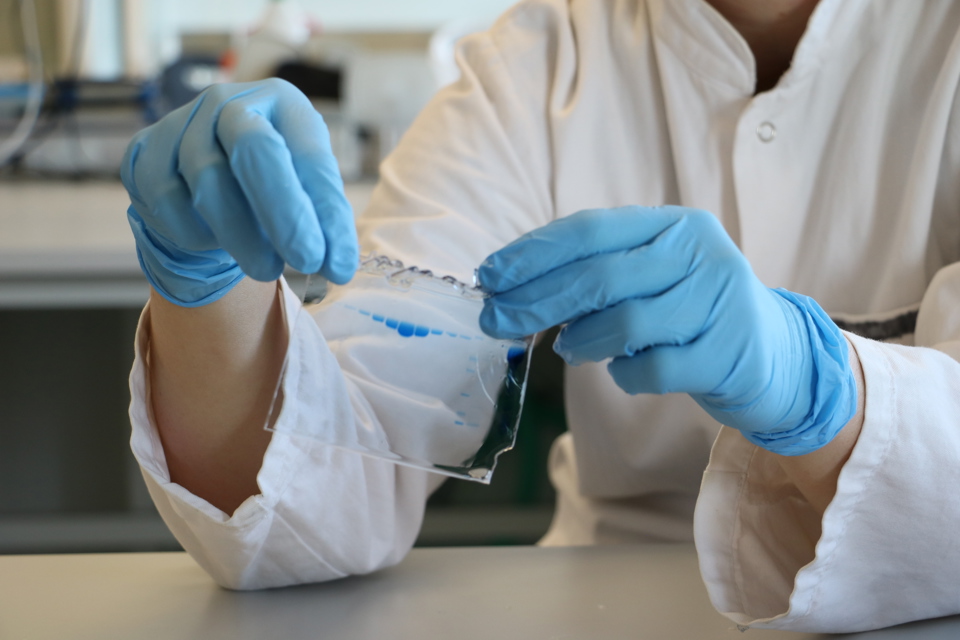In 2003, Kathleen Folbigg was convicted of murdering her four infant children. Following an appeal in 2019, Australian forensic experts reexamined the evidence, and new genetic analysis proved that all the children had genetic mutations that could possibly have led to their deaths. Two of the children turned out to have an extremely rare mutation that only 50-70 people worldwide are known to have, namely a mutation in the gene that produces the calmodulin protein. This protein has a crucial function in the body, as it senses the calcium level in cells and thereby controls the beating of the heart.
As head of the leading research group in the world within mutations related to calmodulin, Professor and Head of Department Michael Toft Overgaard was asked to assist the researchers – and the court – in determining whether this mutation could, in fact, have caused the children’s deaths.
“This field is extremely difficult, because these genetic mutations cause ventricular fibrillation and cardiac arrest, and we cannot get a tissue sample from a patient or work on an actual heart to study the function of the protein. But here at AAU, we have a highly advanced lab setup that allows us to do experiments that mimic how the heart works if everything is normal and healthy, and how it works if a person has a mutation in a calmodulin gene,” Helene Halkjær Jensen, post.doc. in biotechnology, explains. In the 20th century, fingerprinting and DNA analysis revolutionized police investigation and court practices. Now, a research group at the Department of Chemistry and Bioscience may come to play a deciding role in an Australian murder case, and potentially in future court practice, through their work within genetic defects connected to cardiac arrest.
Changing the course of justice
In the spring of 2020, she and her colleague, post.doc. Malene Bredal Brohus, completed a series of experiments to show which functional effects the children’s genetic mutation might have in a human heart.

